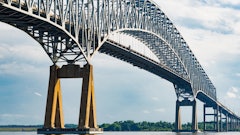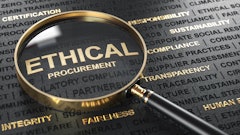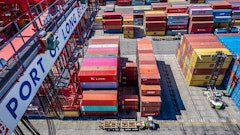
A month ago, we witnessed the calamity of the delayed shipment of the Apple Watch due to a defective taptic engine—a term Apple coined because the device simply didn’t exist before Apple created it. This innovation uses a tiny motor to move a tinier rod back and forth, producing the unique sensation of being tapped on the wrist, hence the name. It turns out that reliability testing revealed that the taptic engines produced at Apple’s China-based supplier broke down over time just as Apple was ramping up production, but thank goodness a second supplier’s taptic engines (from Japan’s Nidec Coporation) didn’t experience the same behavior. So, a little delay in delivery as Nidec ramps up and then we’re all wearing Apple Watches, right?
Sure, but first, let’s spend a little time critiquing Apple’s supply chain. It just didn’t get it right with those little taptic critters or did it?
Forecasts for the Apple Watch are all over the map, but today’s consensus is that Apple may sell between 20 and 30 million Apple Watches in 2015. Some Wall Street analysts are disappointed, while others are now upping their forecasts, but they’re all missing the big point: 20 to 30 million units! At that, for an untested innovation in a category that never existed! How can you build that many new tiny anythings in just a few months?
When the hotly anticipated iPhone came to market, it sold less than 3.5 million units in its first two quarters. Furthermore, when the iPad was announced, pre-release estimates put the number at about 3 million units in 2010 and 7 million units in 2011. Actuals were far higher—7.5 million units in 2010 and over 32 million units in 2011. So, if the Apple Watch sells over 20 million units in its first year, it will not only be an astonishing success, relative to almost every other product ever introduced in the history of mankind, but it will also be a success relative to every product Apple itself has ever launched.
Credit surely goes to the innovations behind the Apple Watch, the marketers that know how to get us to buy it, and, perhaps most importantly, to the supply chain team that is doing what no other company has ever had to do. How did they do it?
The taptic engine episode gives us a clue. Apple surely knew that this mechanical new invention could either fail or cripple a new supplier, so it ensured that there were two suppliers at the outset. Can you imagine the pressure Apple was under to get this new product category out to market? And yet, instead of qualifying a vendor and hitting the go button, the company waited until it was sure they had two qualified vendors. Kudos to the Apple team—we wouldn’t have the watches in May otherwise.
Taking only online orders at the outset—another wise idea. Most of us don’t realize that forecasts are intimately tied to supply chain success. And even now, forecasts for the Apple Watch are between 15 and 40 million units. How does the manufacturing team prepare for such a wide range? By being cautious and by using forecasting analytics. Taking orders online provides real-time visibility into end-user demand patterns and permits predictive analytics to provide greater visibility than the smartest Wall Street analysts. Product can be made to this forecast, but no more, no less. Moreover, taking orders online only enables greater visibility into early quality issues. Published reports suggest that not a single faulty Apple Watch was shipped to customers or arrived in a store ready for recall.
Score another point for the supply chain team at Apple. I expect we’ll be seeing more online-only product introductions from other electronics companies going forward.
The Apple Watch, available in two sizes and three collections, was available in stores in nine countries in April. This is a company that has a supply chain as enviable as its innovations. As Bloomberg reported in late 2011:
According to more than a dozen interviews with former employees, executives at suppliers and management experts familiar with the company’s operations, Apple has built a closed ecosystem where it exerts control over nearly every piece of the supply chain, from design to retail store …[According to Mike Fawkes, the former supply chain chief at Hewlett-Packard,] “They’ve taken operational excellence to a level never seen before.
Think about that and credit the Apple supply chain team if you have to wait an extra week to buy a personalized supercomputer for your wrist.






























